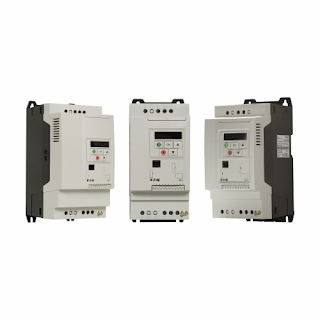How Do Solid State Relays Work?
Solid state relays are one of many relays. A relay is a switch operated by electricity. Very often, a relay uses an electromagnet to mechanically run a switching mechanism. They are most often used when it is necessary to control a signal that has a low power signal, or where different circuits work with a single signal. Historically speaking, telegraph signals were the first to use relays. They then moved on to telephone exchanges and also the earliest computers. There are many different types available, including those that can deal with higher powers or electric motors. Solid-state relays work in circuits that do not have any moving parts. They use a semiconductor to make a switch. The different types can also protect from faults or overloads, which is why they are also often described as being protective.
There are two main types of solid-state relays. The first is the regular relay, which uses an electronic part. This gives the same type of function as an electromechanical relay, only without using any moveable parts. This means that it is far more reliable in the long-term. Every transistor has, of course, a very small voltage drop. This limits the amount of current that a solid-state relay can handle. The second type is the solid-state contactor relay. This is a heavy-duty type of solid-state relay. These relays also have heat sinks - which work to switch electric heaters - lighting loads and small electric motors. They are mainly used in areas where machines are often switched on and off. Again, in these types, there are no moving parts. This means nothing wears out and that no contact bounce is generally caused by vibration. The solid-state contactor relay is generally powered by either DC or AC power, usually through signals transmitted by a Programmable Logic Controller, a Transistor-Transistor Logic, a computer, or any other type of microprocessor or microcontroller.
Solid state relays typically work most in highly technical areas, including computers. Those who want to build their computer, may at times need to buy a relay on its own. More often than not, however, they are already in whichever machinery you are purchasing. If you suspect that your relay is faulty, it would be a good idea to speak to a qualified technician or engineer. These people have training in electrical components and are hence far more qualified to deal with these types of things than somebody good with a screwdriver.

Comments
Post a Comment